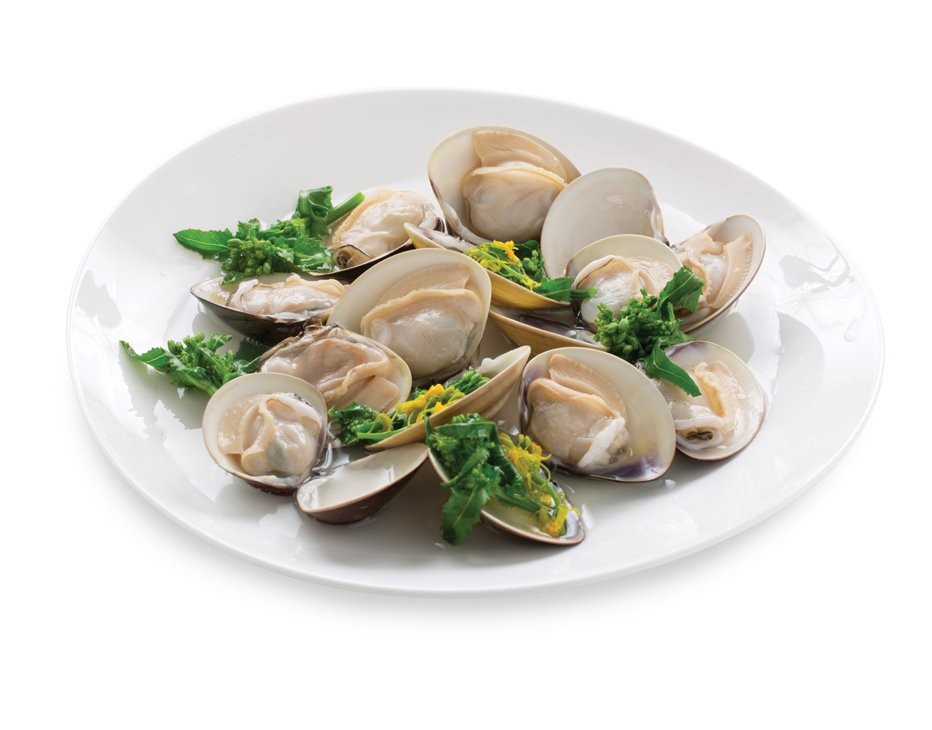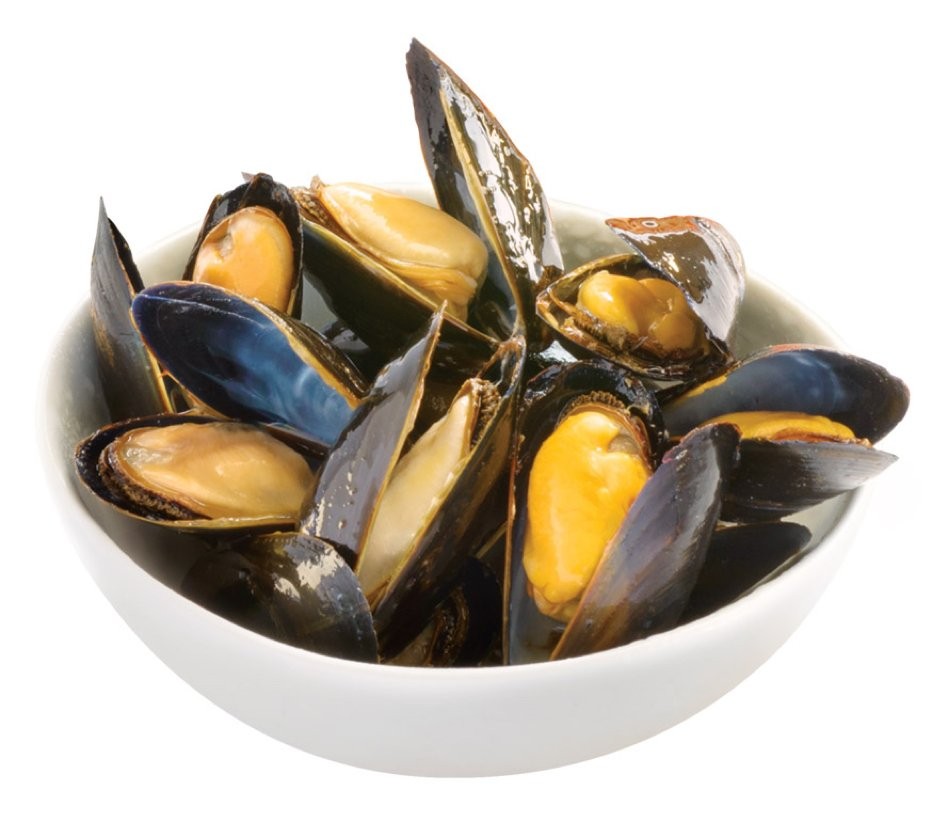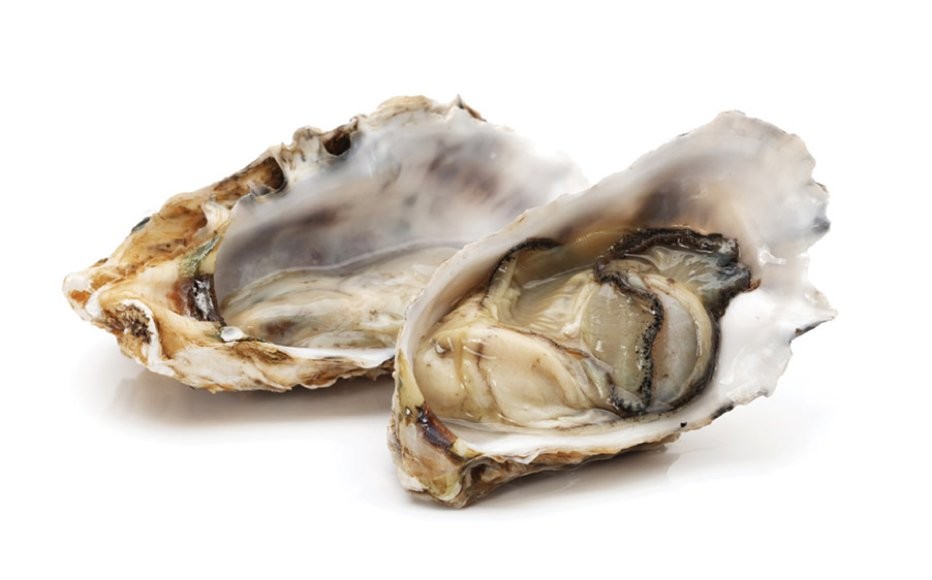Fresh Clams, Mussels & Oysters Cooking Guide
Clams
Fresh clams can come with some sand inside them, but we can help you with that.
Save the cooking broth and pour it into a bowl, simply dip the clams in the broth to help remove any sand that may be inside. Go ahead and discard any clams that don’t open up. If you’re looking for a special treat, you can serve the clams with melted butter!
Littleneck clams

- 5 tablespoons Unsalted Butter, divided
- 1 tablespoon fresh minced garlic
- 1 cup white wine
- 1 tablespoon lemon juice
- 3 dozen little neck clams, rinsed and scrubbed
- 1⁄3 cup chopped fresh Italian parsley
In a large skillet (that has a lid), melt 2½ tablespoons of the butter over medium heat. Add garlic and cook, stirring constantly, until fragrant (about 30 seconds). Add wine and lemon juice. Bring to a boil. Add clams and remaining butter. Cover and steam until clams have opened (about 7-8 minutes). Occasionally shake skillet while steaming. Discard any clams that do not open. Sprinkle evenly with parsley and garnish with lemon wedges, if desired. Serve with a French baguette or over a bed of cooked pasta.
Prince Edward Island Mussels

- 4 lb. mussels
- 2 tablespoons olive oil
- 1 shallot, minced
- 2 garlic cloves, shaved
- 4 sprigs fresh thyme
- ½ cup dry white wine
- 1 lemon, juiced
- 1 cup chicken broth
- 2 tablespoons unsalted butter
Rinse the mussels under cold running water while scrubbing with a vegetable brush to remove mud or sand. Discard any with broken shells. Heat oil in a 6 to 8-quart stockpot. Sauté the shallot, garlic and thyme to create a base flavor. Add the mussels and give them a good toss. Add wine, lemon juice, and chicken broth; cover the pot and steam over medium-high for 5 minutes until the mussels open. Add the butter, recover the pot, and steam for another minute to soften. All shells should open up after cooking, discard any that remain closed. Serve with plenty of crusty bread to sop up the broth.
Oysters

Never shucked an oyster before?
Don’t worry, just follow these simple steps:
Fold a clean kitchen towel to be used as a protective mitt. Hold the oyster curved side down (that’s upside down), so that when you open it, the deep shell will catch the oyster’s liquor (juices). Place an oyster in the folded towel and then place on a steady surface.
Wedge your oyster knife with gentle, yet also firm, pressure into the hinge that connects the two shells. Don’t use a regular knife as the blade is too thin. Next, turn the knife as you would a doorknob, exerting minimal, forward pressure. As you turn the knife, there will be a slight, and dare we say satisfying, “pop” as the joint gives way. Make sure that the knife doesn’t go all the way through the oyster where it will puncture the oyster meat.
Take out the knife and wipe it free of sediment. Slide it between the shells to cut away the muscle that holds the shells together. Remove the upper shell and carefully run the knife under the meat to release it from the bottom shell. Hold the freshly shucked oyster steady, so you don’t lose any of the liquor.
Consuming raw or undercooked meats, poultry, seafood, shellfish or eggs may increase your risk of foodborne illness.